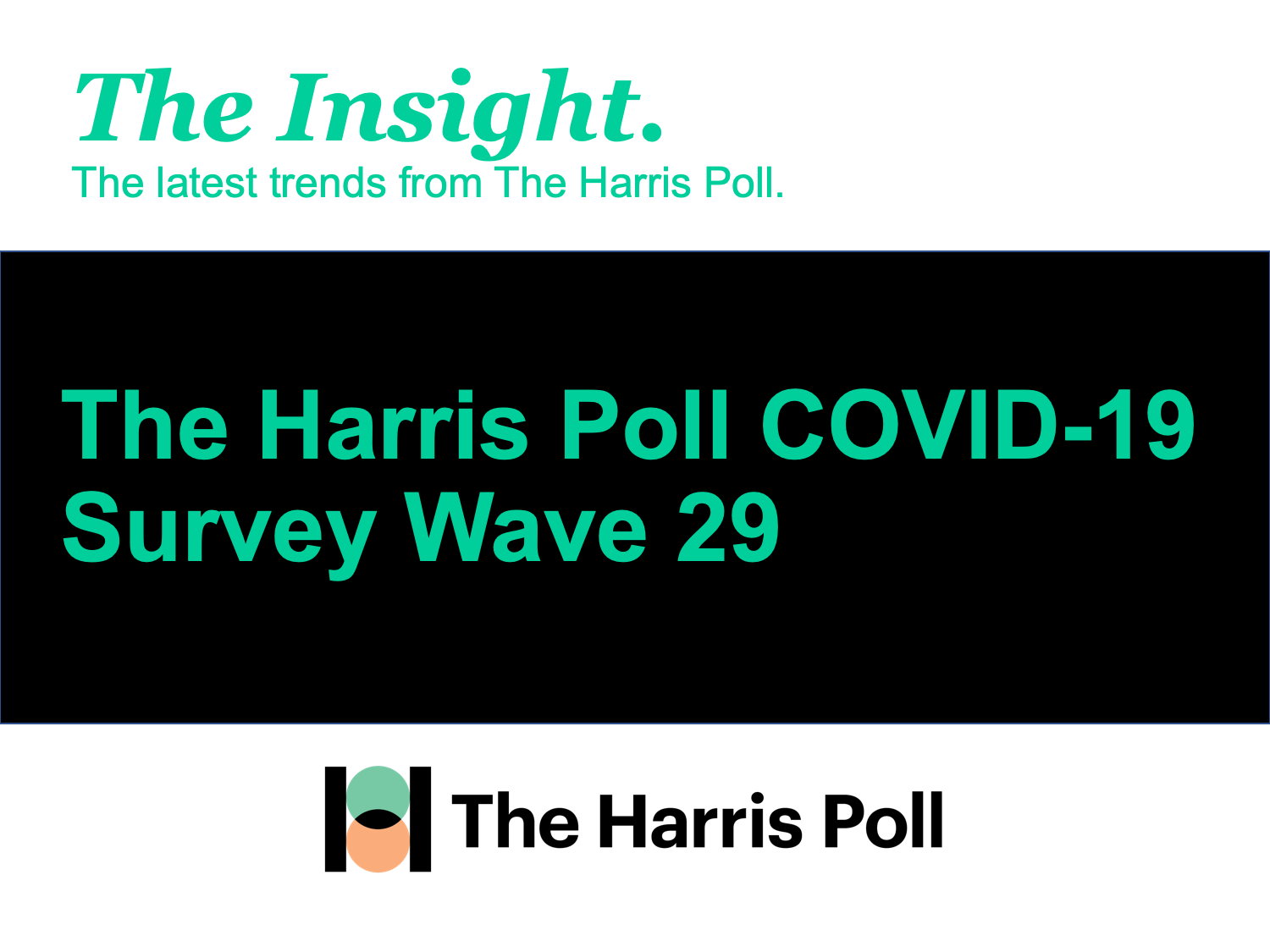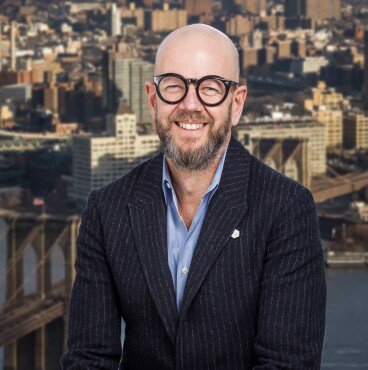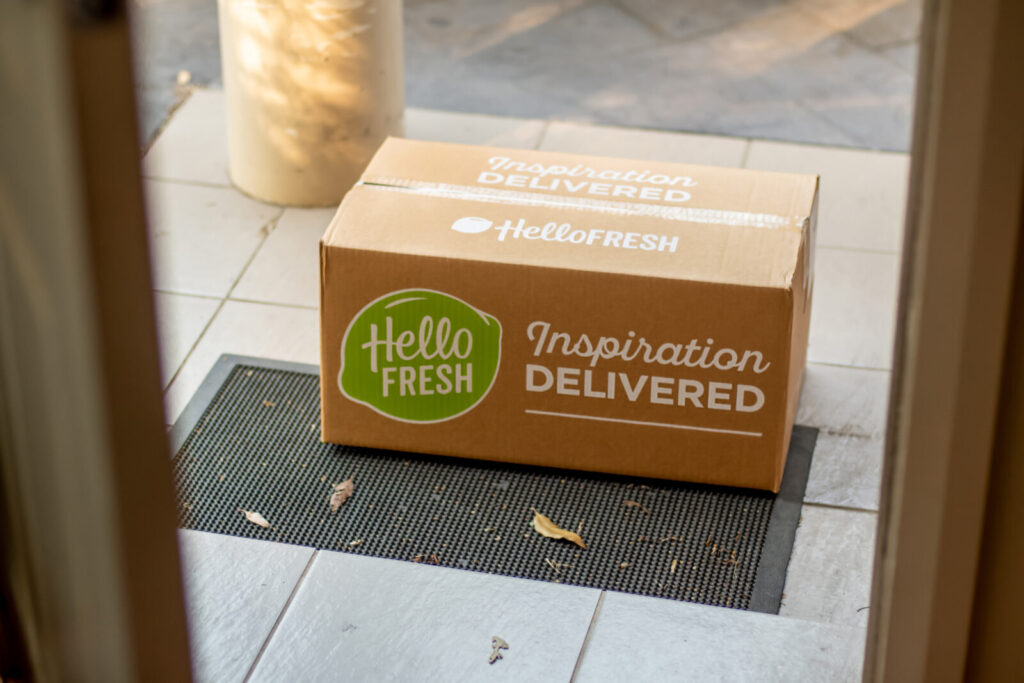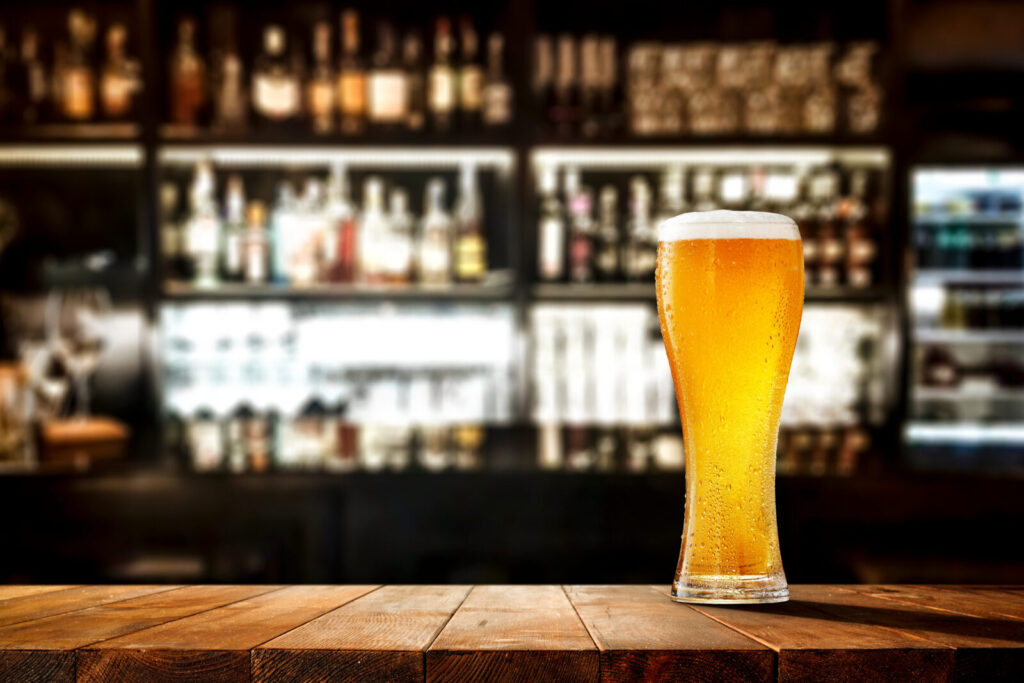Brief • 4 min Read

In The Harris Poll COVID-19 Tracker (Week 29) fielded September 10 – 12, 2020, we dive deeper into the role of a CEO (or CEOs); Americans’ feelings regarding the wildfires ravaging the West coast and what it means for climate change, the role of Gen Zers in spreading (or not spreading) COVID-19; we check in to see how virtual learning is going; and with the upcoming Emmy Awards, if Americans are being turned off by calls for social change from Hollywood.
As a public service, our team has curated key insights to help leaders navigate COVID-19. Full survey results, tables, and weekly summaries can be accessed for free at The Harris Poll COVID-19 Portal. We will continue to actively field on a regular cadence to track the shifts in sentiment and behaviors as the news and guidelines evolve.
Is The CEO a Two-Person Job?
In our essay in HBR this week, we advocate for more power-sharing at the top.
While there are many capable women and men running solo at the top, there are also many arguments for plural power, including expanding responsibilities and size of management teams along with more inclusive voices participating in management, making a single leader’s personality and skill set often too narrow to rise to the task of leading while covering enough ground quickly. We write, “The modern business landscape is too fast-moving and the demands on a CEO have become too innumerable for a single person to set an organization’s strategic direction and oversee a multitude of internal decisions, all while acting as its public face to stakeholders”.
But there’s also a practical consideration in understanding your weaknesses and matching with new strengths. “The profound shift to inclusivity in business demands that leaders broaden their skills and competencies. Some organizations may be fortunate and find that unique individual who is both right- and left-brained, who is both single-minded and collaborative, etc. For all the rest, the better alternative is two leaders in the role. CEOs need not be perfect if they have a partner who complements them”.
Done right requires clear lanes of responsibility and reporting and constant communication, but most of all a belief in the character of the other to own both successes and failures together.
See our full HBR piece here or on our website.
More Americans Believe Climate Change Is Reason for Wildfires, But Uncertainty Exists
Wildfires have ravaged the U.S. west coast burning millions of acres of land, destroying thousand homes, and costing lives. While many of those living in California, Oregon, and Washington face the unimaginable, there is a debate brewing across America as to whether or not the wildfires are caused by climate change. This weekend asked Americans what they think:
- Americans are tuned in and concerned: Nearly 8 in 10 Americans (78%) have seen, read or heard a great deal/some about wildfires here in the U.S., and (82%) are concerned about the impact of these wildfires.
- Nearly half (48%) think the increase in wildfires in the U.S. is being caused by climate change, but (30%) say climate change is not the reason, and (22%) are still unsure.
- Among those who say climate change is the cause, (56%) live in the West, (50%) Northeast, (46%) South, and (40%) in the Midwest. Gen-X (56%) is the only age group where a majority say ‘Yes’, climate change is to blame for the increase in wildfires, compared to Gen Z/Millennials (49%), Boomers (39%), Seniors (46%).
- Those most likely to be not sure include Suburbanites (25% vs 19% of Urbanites), and women (26% of vs 19% of men).
- The debate about whether climate change is causing the wildfires is split along political lines, with (60%) of Democrats saying it is to blame compared to (35%) of Republicans and (47%) of Independents. It has also become a new issue in the 2020 presidential election that until now has been dominated by the coronavirus pandemic, a faltering economy, racial justice protests, as reported by The Washington Post.
Takeaway: While uncertainty lingers around whether or not climate change is the cause of the wildfires, people are very alarmed and looking to leaders for solutions, meaning this could be a deciding factor for the 2020 election.
Hey Old People, Not all Kids are Super-spreaders
You’ve seen the images of packed off-campus parties; young people without masks socializing with abandon. But don’t be so quick to mischaracterize an entire generation from media clips. Our Harris Poll survey with the Center for Disease Control Prevention who consulted on the questions was conducted among 1,048 U.S. teens and adults ages 16-23 and featured in Axios. Our data debunks the stereotype of careless, maskless inebriated youth we see in the media:
- Compliant rather than reckless: Nearly 8 in 10 (79%) Gen Zers say they are strictly following mask-wearing guidelines and are actively urging others to do the same, and (83%) say they are following safety precautions to save their future.
- Selfless rather than selfish: Gen Z reported being most stressed out about the health of their family members and their friends (81%) as well as the well-being of the country as a whole (75%), more so than their own needs such as missing key milestones like graduation or prom (67%) or traveling (46%).
- Concerned rather than carefree: Young people feel increasing anxiety to get back to normal as major life decisions are being put on hold: (75%) say being in limbo and facing uncertainty about the future is causing them a significant amount of stress. (68%) are worried about their chances of finding a job/advancing their career and (63%) are stressed about falling behind in school. (85%) said they’d be willing to take all their classes online if it meant they could socialize in person sooner.
Takeaway: Peers are important catalysts: Nine out of ten young Americans (91%) would be more likely to wear a mask to a social gathering if everyone else was too and nearly half (48%) say the reason they don’t follow safety precautions is that they forget and (36%) say they don’t need to because they are healthy. Notably, these numbers are in line with the general population.
Online Learning Is Going Better Than Expected
With the majority of the country’s children back to school and millions of America’s children fully learning online, new Harris Poll data reveals how e-learning is going, according to parents. And so far, not bad. According to the findings on virtual school:
- Going better than expected: When asked how well their child was adapting to online learning, more than three quarters (76%) of parents of the child(ren) in/entering preschool through twelfth grade say their child(ren) is adapting well to online learning. Only (14%) said it was not going well with the remaining sample not back in school yet.
- “It’s going to work”: (62%) of parents also said, up to this point, conducting school virtually is “going to work” for the remainder of the school year while (38%) said this is not going to work for the duration of the school year.
- Were parents expecting this all along? In our survey in mid-August, (59%) of parents had already predicted their kids would be studying again online instead of (40%) expecting they would be in school.
- Meanwhile, students are experiencing a mix of emotions as they balance school and COVID precautions: Nearly one-quarter (23%) are nervous to be in person given COVID-19 and an equal number (23%) wish the rest of the school year would be all online. One-fifth (21%) say they are relieved it went well, while the same number (21%) already back at home/doing online only due to an outbreak of COVID-19 cases. Only (16%) are not looking forward to the rest of the school year.
Takeaway: School in the bedroom is likely going better because a.) it’s nice outside b.) it’s only the first week and c.) in the buzz of excitement of a new year/seeing friends etc––kids are not complaining yet. But with the looming threat of virus flare-ups on campuses pushing online school out longer into the year, expect tension to build. Game changers are the fast testing we reported on two weeks ago (56% say the new 15-minute Abbott test is trustworthy) as well as the resumption of vaccine trials by AZ, one of three horses at the front of the pack.
Hollywood Controversies
With the Emmy Awards this weekend, we checked in with Americans to see if they believe Hollywood is representative of the country and if movies, like sports, are becoming political.
- Last week, the Academy of Motion Picture Arts and Sciences introduced representation standards for the Academy Awards starting in 2024. “The standards are designed to encourage equitable representation on and off-screen in order to better reflect the diversity of the movie-going audience,” according to their statement. As Axios says, “the move is in response to years of criticism that the Academy is too male and too white.
- Most Americans (60%) agree with the new requirement, including more than half (54%) of White Americans and nearly three-fourths (73%) of Black Americans. However, most Americans say the industry was already doing fine before the requirement: more than half (57%) of Americans agree “Hollywood is doing a good enough job on issues of diversity and inclusion”, including (58%) of White Americans and (52%) of Black Americans.
- #OscarsSoWhite? Despite the trending hashtag from earlier in the year about how Hollywood is out of touch, two-thirds (64%) of Americans agree that generally, they feel people similar to them are being represented in Hollywood movies when it comes to race, gender, sexual orientation, and age. Though over half (54%) of Black Americans agree, White Americans (68%) are in even stronger agreement; and both Men (65%) and Women (62%) similarly agree.
- Most Americans (71%) agree that “award shows have become too political over the years”, with a notable partisan divide: (82%) of Republicans vs only (62%) of Democrats agree. And the political issues are starting to trend from the award podium to movies themselves: (44%) say they have heard something about the recent Mulan controversy, and (43%) say if they heard a movie was made in cooperation with the Chinese government they would be less likely to see it.
Takeaway: Hollywood, as with the sports world, is looking to exert its influence to address social change in America, even at the risk of alienating audiences. Movie studios will need to navigate the Chinese market and all of its complexities as they look to champion equality and social justice both at home and abroad.
Subscribe for more Insights
Subscribe to our newsletter for the latest trends in business, politics, culture, and more.
Download the Data
This survey was conducted online within the U.S. by The Harris Poll from September 10-12 among a nationally representative sample of 2,037 US. adults.
Download
Subscribe for more Insights
Subscribe to our newsletter for the latest trends in business, politics, culture, and more.
Download the Data
This survey was conducted online within the U.S. by The Harris Poll from September 10-12 among a nationally representative sample of 2,037 US. adults.
DownloadRelated Content








